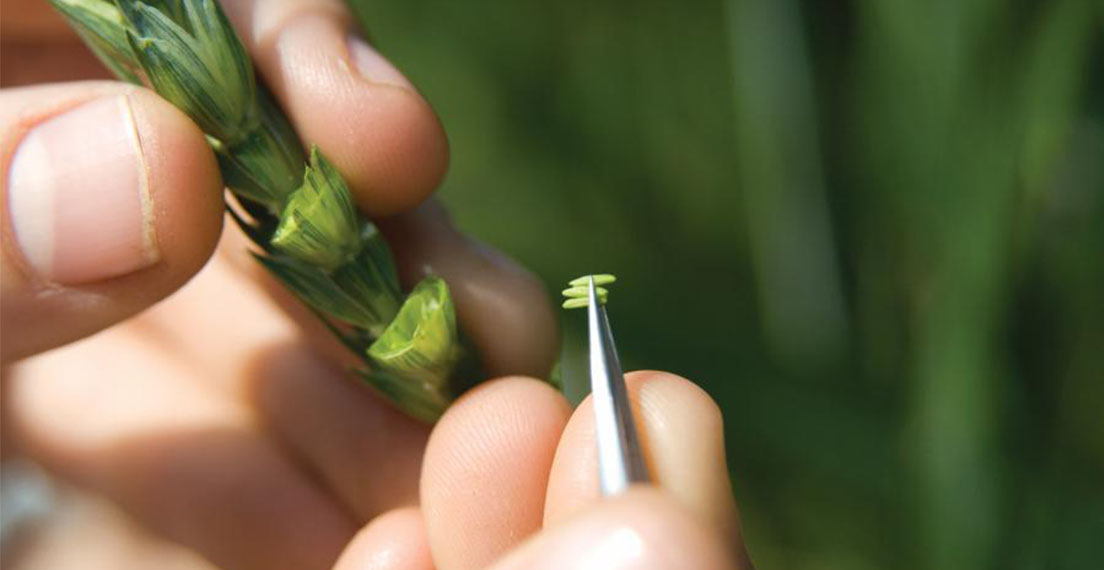The Future of Plant Breeding Depends on Sound Science-Based Policy
By Shelbi Knisley, USW Director of Trade Policy
New breeding technologies are forecast to offer many promises for consumers, producers and the environment. Plant Breeding Innovations (PBI) is a term defined by the International Seed Federation as, “the constantly evolving ideas and practices which enhance the field of plant breeding. Today’s innovations in plant breeding are developed using sophisticated science and technologies including cell biology, gene mapping and marker-assisted breeding.”
Benefits
Unlike GMOs, gene editing technologies such as CRISPR and TALENs represent a breeding method in which precise changes are made to an organism’s genome, changes that many of which may also occur naturally in nature. These technologies do not require insertion of a “foreign” gene into the plant variety being developed.
Gene editing and other PBIs show excellent potential to improve food safety and affordability. Calyxt is a commercial organization that has developed a gene edited soybean offering the health benefits of zero trans-fat and reduced saturated fat oil. The company is also developing a high fiber wheat variety that could help many consumers meet recommended dietary fiber needs. Gene editing can also assist in reducing food waste. Intrexon (now known as Precigen) used this technology to create non-browning lettuce, which would extend its shelf life.
Producers are expected to see economic and environmental benefits from these innovations by using fewer crop protection inputs to grow more food on the same amount of land leading to less environmental impact – something an increasing number of consumers have shown they care about as well.
Global Regulations
Many countries are formulating policies on these new technologies. In mid-May the United State Department of Agriculture (USDA) released revised rules on biotechnology. Under these rules, USDA stated that “gene edited products may be exempt from strict regulation so long as no “plant pest” is present, and the products could be produced through traditional breeding methods.” Two other regulators, the Food and Drug Administration (FDA) and Environmental Protection Agency (EPA), are expected to release their regulations in the future.
Japan has stated it will not label or regulate genome edited products as genetically engineered products. Some other countries that have put in process methods of regulating these new technologies are Argentina, Australia, Brazil, and Canada, with various ways of monitoring, such as consultative process or trait-based approaches. Alternately, the European Court of Justice ruled in June 2018 that gene editing would be regulated like GMOs.
To ensure that these new breeding techniques can fulfill their potential, wide-ranging benefits, governments should rely on sound science to develop policies. If unproven fears lead to highly regulated policies, the risk of disruption in international trade will be increased unnecessarily.
Collaboration
U.S. Wheat Associates (USW) and the National Association of Wheat Growers (NAWG) regularly discuss breeding technologies and track how various governments are planning to regulate those products through our joint Wheat Breeding Innovation Committee. Any gene edited wheat varieties are expected to be several years away from commercialization. During that time, USW and NAWG will continue to work hand in hand with all sectors of the wheat value chain to ensure growers have access to technology and that our international customers can continue to count on access to the highest quality wheat in the world.
More information about how USW and NAWG support new plant breeding techniques through science-based policies can be found here.


